Sudan Wildlife:
Sudan is the largest country on the African continent with an area of about 2.5 million square kilometers; it lies between attitudes 4 – 22 N and longitudes 24 – 38 E. and shares boundaries with nine countries and possesses a 750 Km coastline on the red sea.
Sudan includes various ecological and climatic zones. These zones hold considerable number of wildlife species according to their habitats preference.
The wide varity of ecosystems and vegetation types in Sudan is reflected in its fauna. Setzer (1956) reported that 224 species and sub-species of mammals, other than bats, belonging to 91 genera represented twelve mammalian orders out of thirteen thirteen mammalian orders occur in Africa. Nimir (1983) produced a list of 52 major wildlife species and their distribution in Northern Sudan. Hillman (1991) produced a list of 83 major wildlife species and their distribution in 19 protected areas in the Sudan. Cave and Macdonald (1955) stated that 871 species of birds were distributed in the Sudan. Nikolaus (1987) produced the distribution atlas of the Sudan’s birds with notes on habitat and status, which included information on 931 species.
Dinder National Park
Location:
Dinder Biosphere Reserve is one of the oldest parks in the Africa; it was established in 1935 following the London convention (1933) for the conservation of African flora and fauna (Dasmann, 1972), and declared as Biosphere Reserve since 1979.
Dinder Biosphere reserve is located in the southeast of the central region of the Sudan (north-eastern Blue Nile state) towards the Ethiopian border between latitudes 11-13 N and longitudes 34-36 E, with an area of about 10290 km2.
Precisely, Dinder Biosphere Reserve is bordered by river Rahad at latitude 12-26 N and longitude 35-02 E and then continues in a northwestern direction up to latitude 12-42 N and longitude 34-48 E at river Dinder. The boundary continues a gain up to latitude 12-32 N and longitude 34- 32 E a long khor Kennana and finally the boundary slightly diverts to the southeast to latitude 11- 55 N and longitude 34- 44 E and then get to Sudan Ethiopian boarder at the latitude 11- 23 N and longitude 35- 02 E.
Climate:
The climate of Dinder biosphere reserve is generally warm and dry in winter and hot and wet in summer. A generalized rainfall map of Sudan prepared by the metrological service indicate that rainfall is highest in the southeasterly portion of the biosphere reserve (800 – 1000mm) and falls off with distance to the northeast (600 – 800mm). The rainy season ordinarily extends from May through November. The bulk of the rains fall from July through September, with the peak in August. From November to February there is a cool dry period with daily maximum temperature averaging 30 C (86 F). From March to the onset of the rains, the weather is hot and dry with daily maximum temperatures averaging 38C (100F) (Dasmann1972).
April and May the temperature may reach a maximum of 44C imposing extreme conditions of heat and desiccation on vegetation (Abdel Hameed …).
Hydrology of Dinder biosphere reserve:
Dinder biosphere reserve is drained by two seasonal rivers, Dinder and Rahad, and their tributaries which were originated from Ethiopia plateau. Both rivers are torrential, seasonal rivers they flow down rapidly in a westward direction crossing the Sudan Ethiopian border, then turn northwards in the Sudan until they join the Blue Nile near El Hag Abdella and Abu Haraz respectively. River Dinder traverses the park with an average annual discharge of about 3×109 cubic meters per year and length of 1200 km. it started on the onset of the rainy season in June with the peak flow in September and stops in November leaving behind a number of pools in its bed that may store water up to the next rainy season.
River Dinder varies considerably in depth and width, ranging from 50 to 400 meters in width and from 1 to 9 meters in depth (Kenneth 1993). Dinder and Rahad rivers are considered to be of recent origin as shown by their vertical banks (Holsworth 1968, Abdel Hameed et al 1995).
In addition to Dinder and Rahad rivers there are many small streams and khors like khor Gelago and khor Masaweek.
Fauna:
Dinder national park holds variety of wildlife species. Dasmann (1972) as sited by Abdel Hameed (1985) found that the Dinder national Park supports a large population of animals during the dry season and lesser number during the wet season. Minga (1971) made counts during the period March to April of 1971 on nine of the principal mayas, he found a total of 5613 large game animals. The most important are tiang (Damaliscus lunatus tiang), reedbuck (Redunca redunca), waterbuck (Kobus ellipsiprymnus defasa) roan antelope (Hippotragus equines), oribi (ourebia ourebia) warthog (????) and buffalo are the major herbivores that inhabit the park. Other animals such as baboon (Papio anubis) and husser monkey (Cercopithecus aethiops) are frequent. Greater Kudu (Tragelaphus strepsiceros) and red-fronted gazelle (Gazella rufifrons) are restricted to certain locations. The major predators of the park are lion (Panthera leo), striped hyaena (Hyaena hyaena), spotted hyaena (Crocuta crocuta) and jackal (Canis mesomelas).
Elephants are believed to migrate from Ethiopia to the southern part of the park during the rainy season as has been indicated by their tracks in the dry season near Magano and Jebel Halawa.
The Nile crocodile python, Monitor lizard and various species of snakes represent reptile species that occur in the park.
Dinder national park also hosted more than 160 species of birds like ostrich (Struthio camelus), greater bustard (Ardeotis kori), leaser bustard (Eupodotis senegalenses), crown crane (Balearica pavonina), Egyptian goose (Atopochen aegyptiacus), guinea fowl (Numida meliagris), marabou stork (Leptoplilos crumeneferus) and grey heron (Ardea cinerea) (Kanno 2004).
Flora:
Many descriptions of the vegetation of the Dinder biosphere reserve have been given by different authors, Smith (1949); Harrison and Jackson (1958); Holsworth (1968).
According to Smith (1949) the description of the tree species is influenced by the combined effects of rainfall; soil texture and topography. Harrison and Jackson (1958) give a general classification of Sudan vegetation and mentioned that the Dinder National Park is situated in the Acacia – Balinites Savanna alternating with grass area zone.
- Acacia seyal – Balinites ecosystem
- Riverine ecosystem
- Mayas (Meadows) ecosystem
These ecosystems are composed of different simple communities with relatively few species. The dominant trees of the clay plains are Acacia seyal and Balinites aegyptiaca, Acacia fistula is associated with Acacia seyal in areas of heavy clay which are slightly wetter than the general plain. Combretum sp. and Entanda africana are found in drained silty soils.
Combretum hartmannianum and Anogeissus leiocarpus are the most a abundant trees along the border of Ethiopia. Hyphaene thebaica and Acacia sieberana occur along the Dinder River in the light colored soils with varying amount of silt.
Sorghum Sudanese; Becheropsis uniseta; Hyparrhenia spp and Aristida plumose represented the dominant grasses. The most common shrubs are Dichrostachys glomerata and mimosa pigra (Hakim et al 1978).
Habitat and Ecosystems:
- Mayas ecosystem:
Mayas are defined as sub-irrigated and dry meadows occupying low lying basins, meader and oxbow lakes along the rivers and principal streams and khors (Abdel Hameed 1985). Those Mayas are being filled during floods in the rainy seasons. They store water sometimes up to the second rainy season. Abdel Hameed (1985) mentioned that the area of the Mayas vary between 0.194 and 4.518 km2. They are the most important features of the park in terms of availing water and green grasses for the wildlife species during the dry season as well as fishes for the fish eating species.
Dinder biosphere reserve has more than 40 Mayas varying in size and duration of storing water from few months after the rainy season to almost year around (Kanno 2004). The edges of all these Mayas are surrounded by trees in a certain consistent pattern. Starting from the periphery of the Mayas, the bands of vegetation consist of Balanites aegyptiaca, Acacia seyal, Acacia siberiana and Ziziphus spina–christi. These bands arranged in an increasing order of water affinity (Hakim et al 1978).
- The riverine ecosystem:
Riverine ecosystem occurs in silt, clay loam and sands along the banks of the river Dinder and river Rahad and the large seasonal streams. This ecosystem composed of multi layered forest which varies in depth according to local conditions of soil and relief (Dinder management plan 2004). The dominant trees are Dom (Hyphaene thebaica), ????? (Gardina lutea), Kuk (Acacia sieberiana), Arabieb (Tamarindus indica), Jomez (Ficus spp.) and Sidir (Ziziphus spina–christi) (Ziziphus abyssinica). While the most dominant grasses are Ageig (Aristida spp.), Ghabash (Schocnefeldia gracilis), Furaw (Bracharia uniseta) and Banu (Erogrostic tremila) with different species of forbs and climbers form the ground floor layer.
- The woodland ecosystem:
The woodland ecosystem constitutes the remaining area of the park. The dominant tree species of woodland ecosystem are Talih (Acacia seyal), Habeel (Compretum spp.) and Hegleeg (Balanities aegyptiaca) it appear in a pure or mixed stands. The common annual grasses are Addar (Sorghum purpurea–sercum) nm Sarha (Hyparrheria pseudocymbaria), El Gowou (Aristida plumosa) and Danab El Bashoum (Pennisetum ramosum).
Relatively low rainfall of woodland ecosystem the Kitir (Acacia mellifra) is dominant woody plant that occurs in dense stands with Mahareib (Cybopagon nervatus). Towards the southern part of the park which receives high rainfall species with higher water requirement appear e.g. (Sterculia cieral), Abanos (Dalbergia spp.) and Sahab (Anogeisous leiocarpus). Abdel Hameed et. al (1997) found that the herbaceous cover mostly composed of Comositae, Acanthacae, Convolulaceae spp. Celosia agrentia, Jatropha spp., Vernoria spp. and Hibiscus spp.. The understory of this ecosystem composed of tall annual grasses such as Sorghum sudanensis, Pennisetum ramosum and Setaria incrassata.

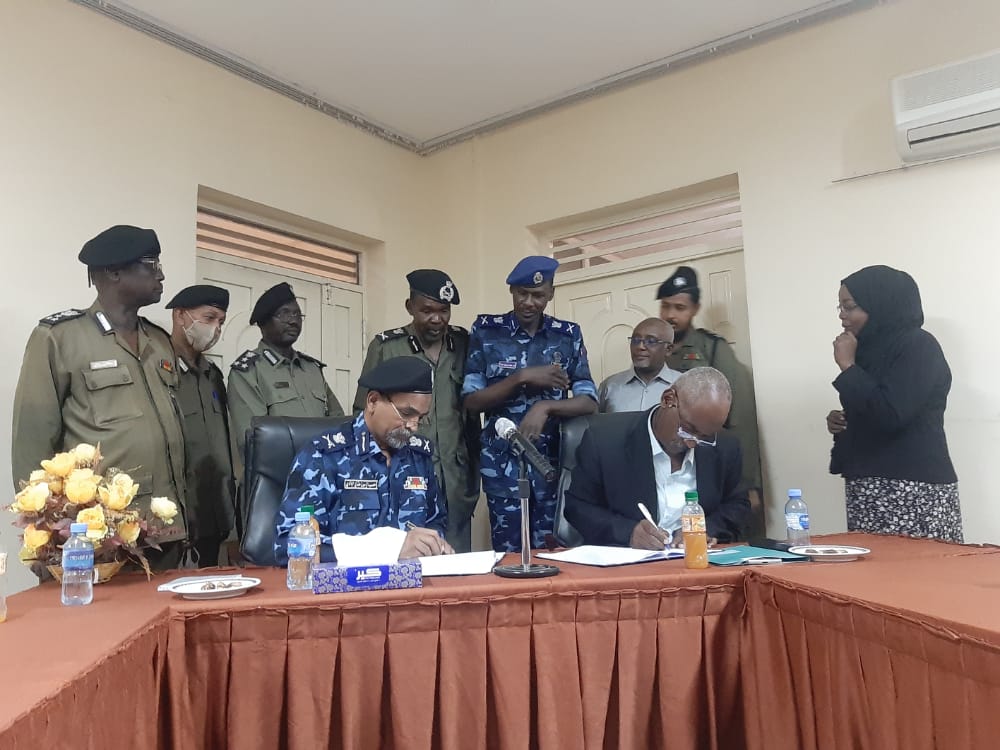
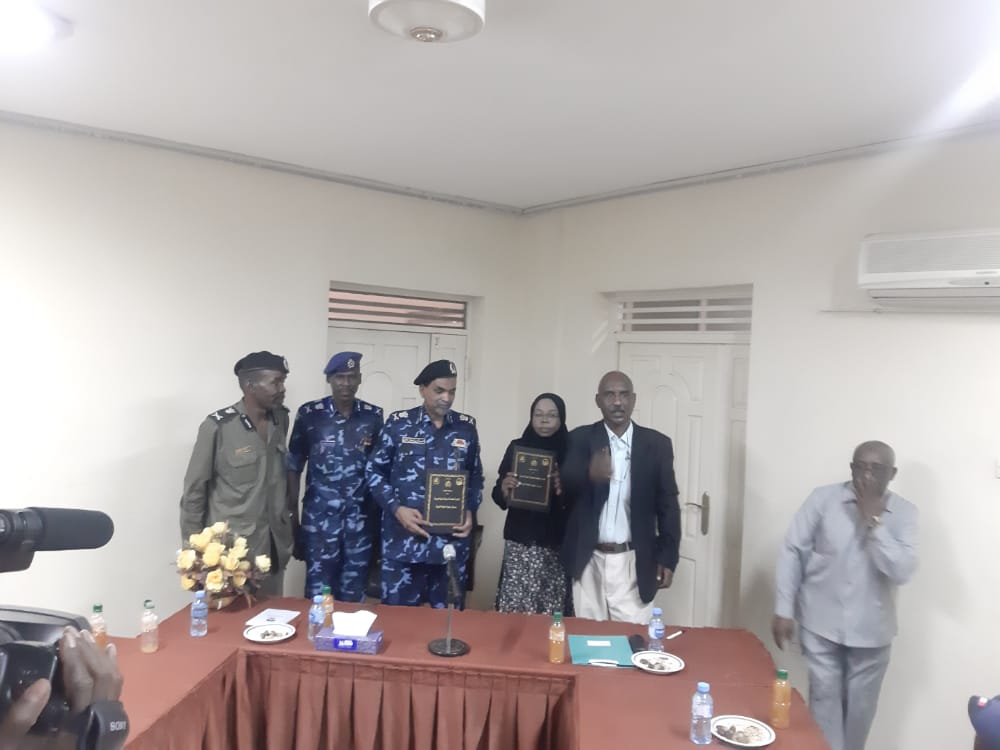
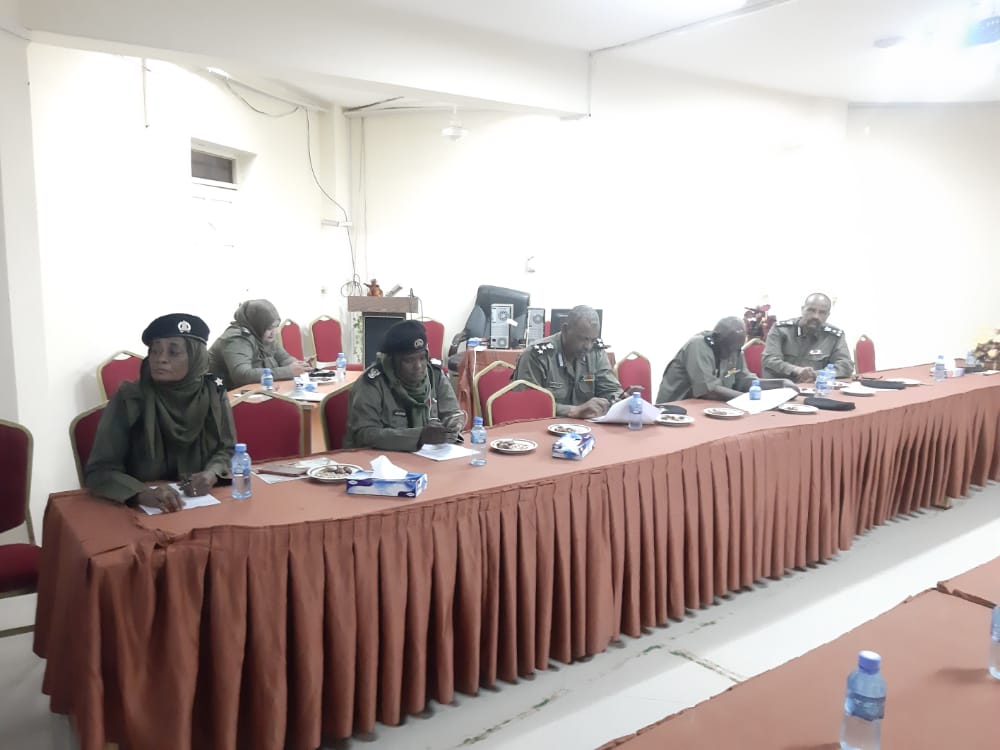
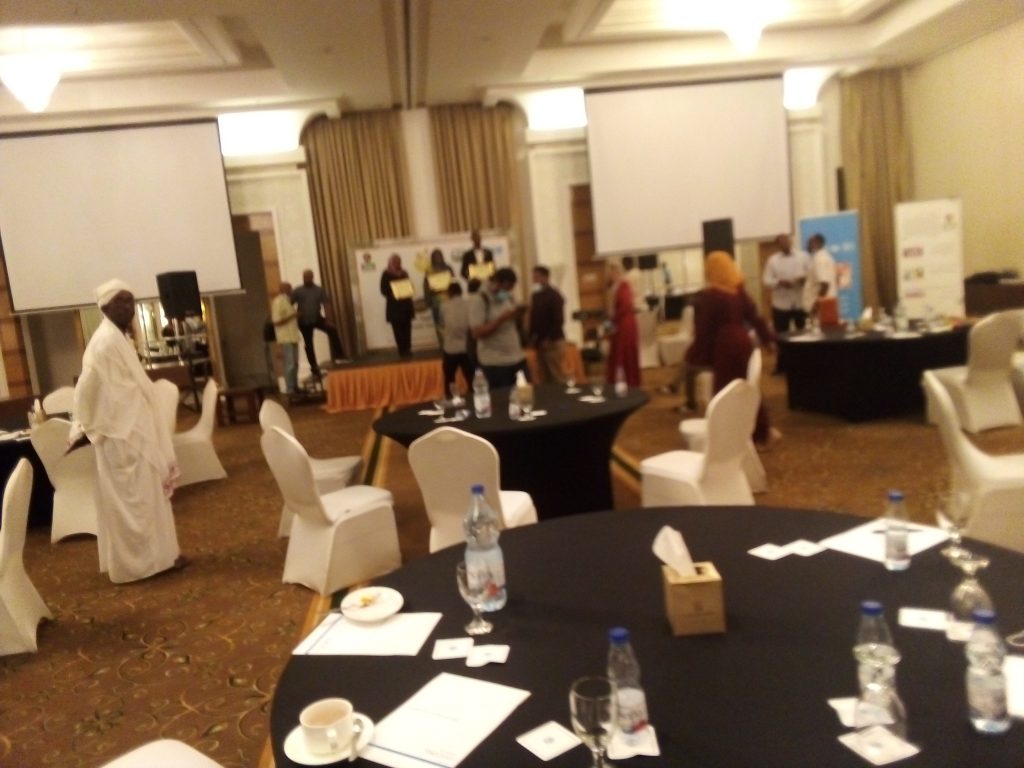

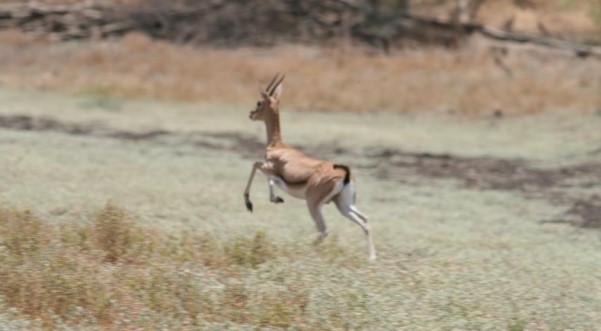
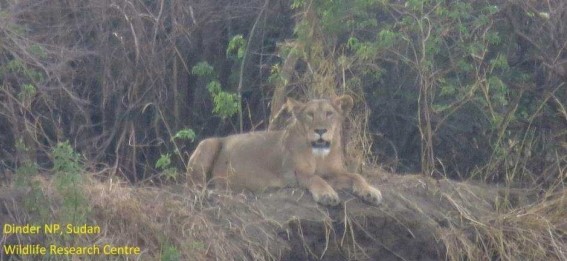
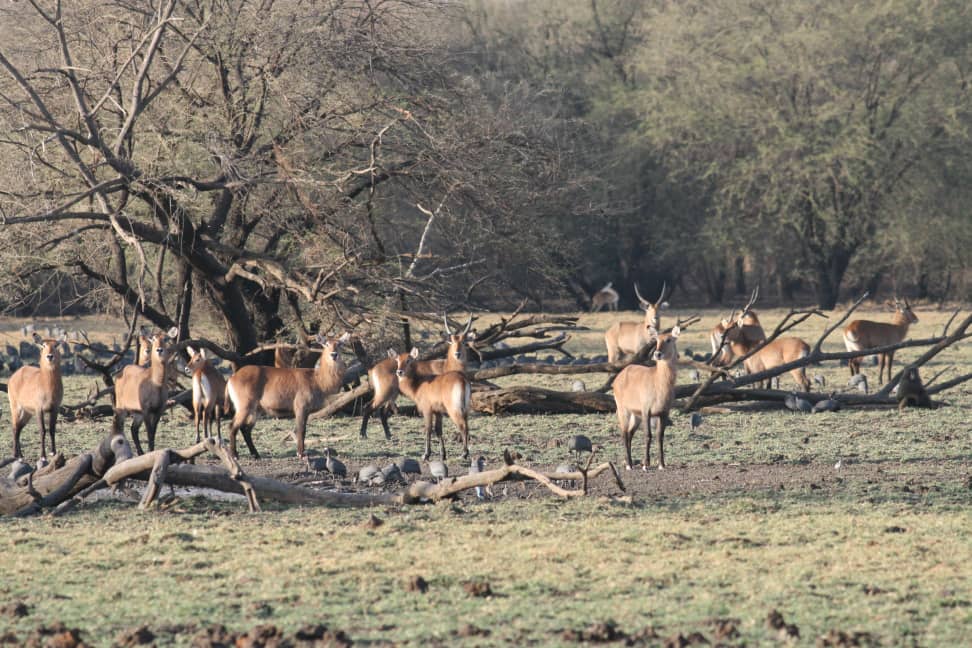
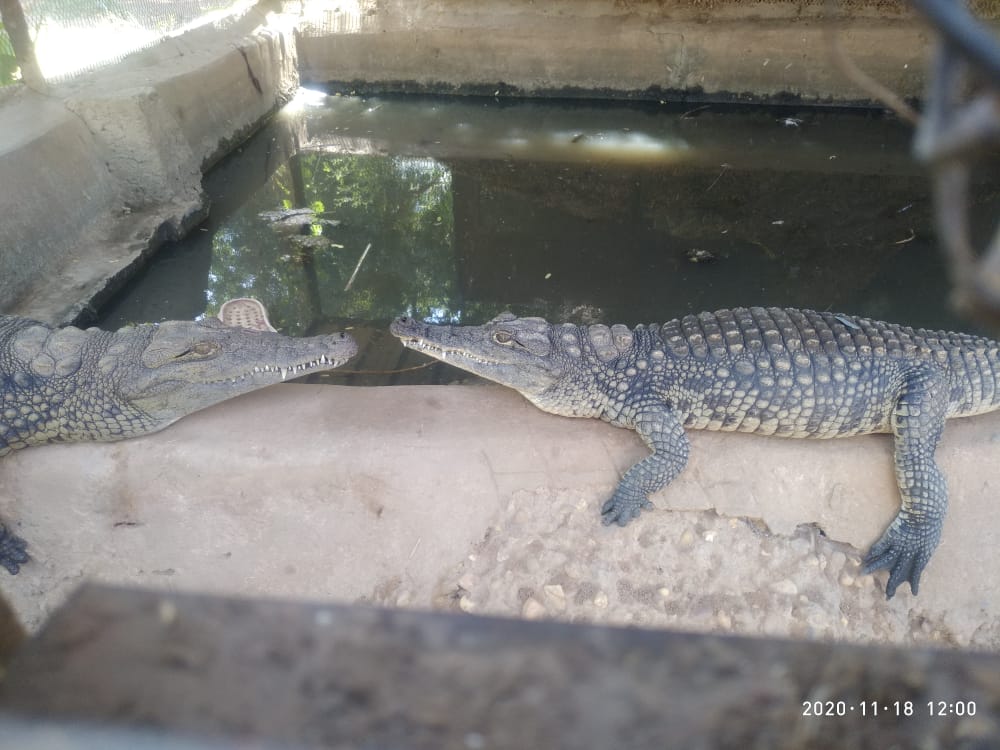
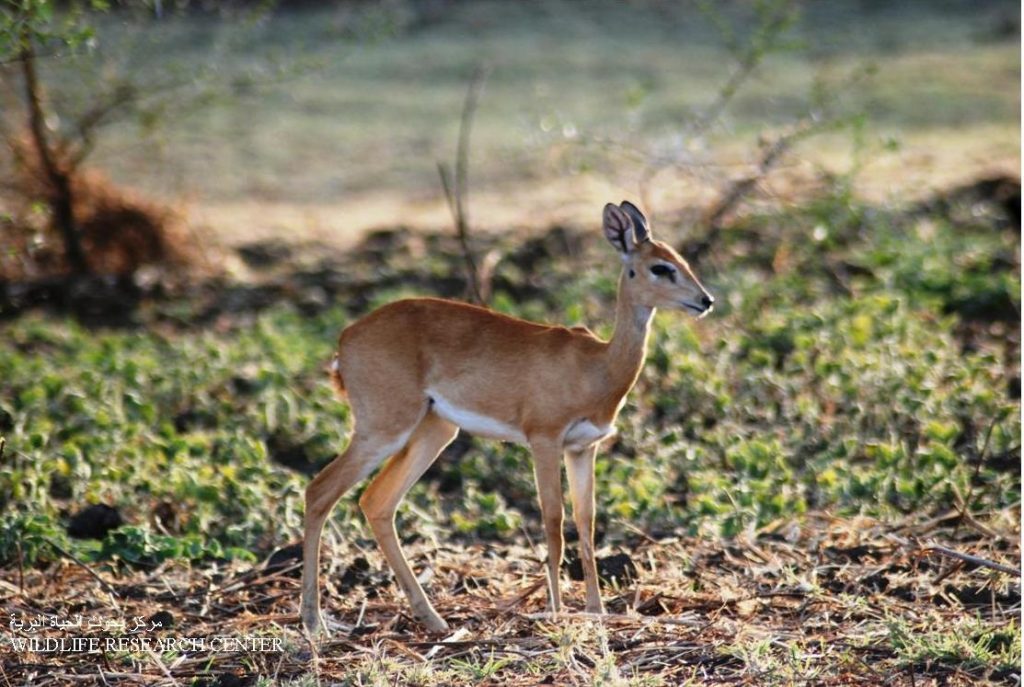

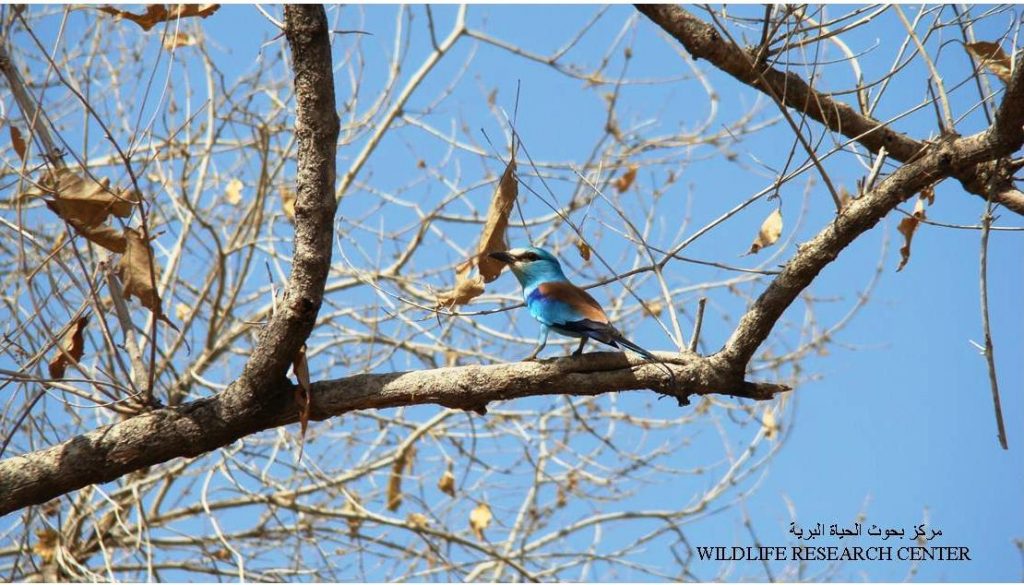



0 Comments